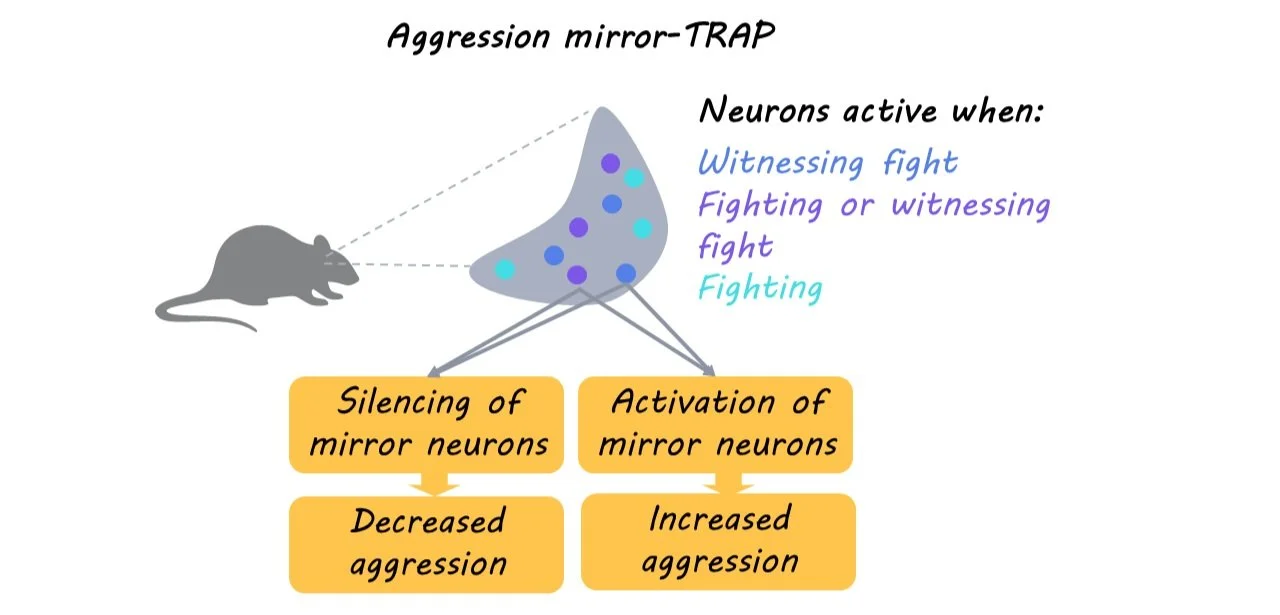The Effect of Bilingualism on Subcortical Brain Structures
Post by Megan McCullough
The takeaway
Speaking two languages is a cognitively demanding task that has a measurable impact on the volumes of subcortical brain structures. However, this relationship can be non-linear and reaches a plateau after a certain level of bilingual experience has been reached.
What's the science?
Bilingualism, the ability to fluently speak two languages, is a complex cognitive skill. Previous research has demonstrated that engaging in cognitively demanding tasks can increase grey matter volumes in the brain, but this increase is nonlinear, plateauing or even decreasing after a certain point. The expansion-renormalization model of experience-dependent neuroplasticity explains these findings. However, so far it is unclear whether these nonlinear changes apply also to bilingualism. In a recent study published in Scientific Reports, Korenar, and colleagues investigated the impact of bilingual experiences on subcortical brain regions involved in cognitive control and language selection, specifically the basal ganglia and thalamus.
How did they do it?
Participants in this study were native Slavic language speakers who had a good command of English. Bilingualism is not a one-size-fits-all phenomenon, so the study did not consider participants as bilingual just because they spoke two languages. Instead, each participant was given a composite score to reflect the richness of their individual bilingual experience. The authors effectively treated bilingualism as a continuum of experiences, which allowed them to study the relationship between bilingual experience and changes in subcortical structure volume. Magnetic resonance imaging was used to measure the volume of the caudate nucleus, globus pallidus, putamen, nucleus accumbens, and thalamus. These structures are important for controlling behavior and managing two languages in the brain. The authors then used non-linear statistical modeling, specifically generalized additive mixed models (GAMMs), to investigate whether bilingual experiences had an impact on subcortical volumes that were consistent with the model of experience-dependent neuroplasticity. By using GAMMs, the authors were able to model the possible non-linear effects of bilingual experience on subcortical volumes.
What did they find?
The authors of the study have discovered that bilingualism has a measurable impact on the volume of subcortical structures such as the basal ganglia and thalamus. Interestingly, this relationship is non-linear and dependent on the bilingual composite score, which measures the level of bilingual experience. Specifically, there is a positive association between the bilingual composite score and the volumes of the caudate nucleus and the nucleus accumbens. However, this relationship reaches a plateau in individuals with extensive bilingual experience, indicating a renormalization process. The Dynamic Restructuring Model provides a possible explanation for these findings. According to this model, acquiring and using an additional language leads to an expansion of brain structures as new neural pathways are formed. However, this expansion is followed by a contraction as less efficient pathways are pruned, leaving only the most efficient connections. This suggests that becoming more proficient in handling two languages allows the brain to selectively keep only the most efficient neural pathways for this task. The study's data suggest that the bilingual composite score can be used as a predictor of subcortical structure volumes important for using two languages. Moreover, the study shows that bilingualism impacts subcortical structure volumes in a manner similar to other cognitively demanding tasks previously studied, like playing a musical instrument.
What's the impact?
Overall, this study is the first to investigate the non-linear relationship between bilingual experiences, volumes of subcortical brain regions, and a continuous measure of bilingualism. The findings suggest that acquiring and speaking a new language can prompt the brain to grow and shrink, as a function of efficiency, similar to other cognitively demanding tasks.






